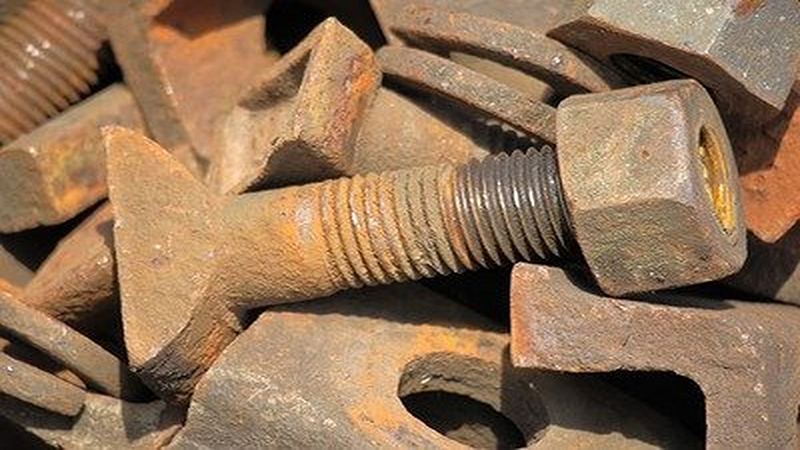Safe and Precise Operation Technical Specifications and Risk Prevention & Control System for High and Low Temperature Alternating Test Chambers
As a core piece of equipment in the field of environmental reliability testing, high and low temperature alternating test chambers play an irreplaceable role in the quality verification processes for electronic components, aerospace materials, automotive parts, chemical products, and other industries.
2025-11-20











